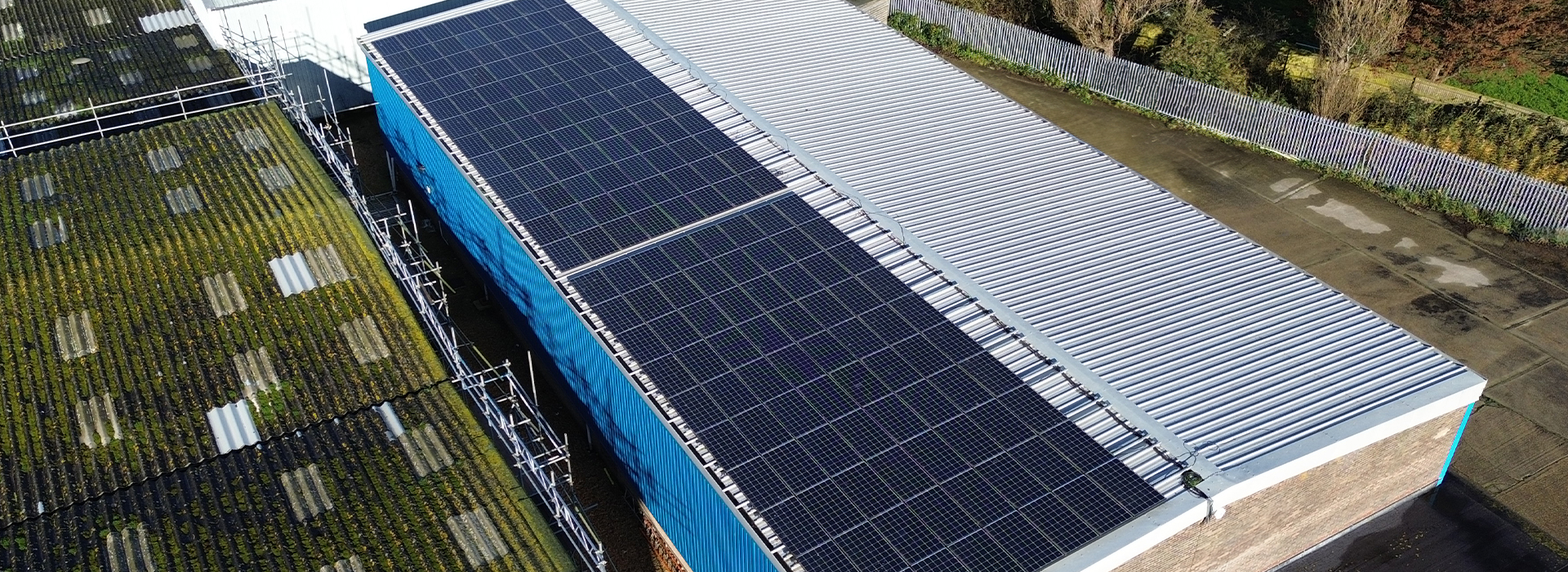In the realm of industrial and commercial properties, safety remains a top priority, especially when it comes to working at heights. Fall protection is a necessity to safeguard workers, but a full fall protection system isn’t always the most practical or economical solution. In many situations, eyebolts are an ideal alternative, offering both effectiveness and simplicity for height safety. Here’s an in-depth look at why eyebolts are commonly used in the UK and how they can sometimes outperform a complete fall protection system.
What are Eyebolts?
Eyebolts are simple, small, and sturdy metal anchors installed in walls, floors, or ceilings to provide secure points for attaching safety harnesses or lanyards. Designed to support the weight of a person working at height, they are especially valuable for properties with limited space or specific areas requiring access, such as facades, windows, and rooftops. Eyebolts can serve various purposes, including securing ropes, tools, or equipment, but their primary function in height safety is to prevent falls by providing a reliable anchor point.
Why Eyebolts are Used in Industrial and Commercial Properties
Eyebolts are highly regarded in the UK’s commercial and industrial sectors for several reasons:
Simplicity and Ease of Installation
Unlike complex fall protection systems, which may require extensive structural modifications, eyebolts are relatively simple to install. A certified technician can securely anchor them into masonry, brick, or steel surfaces, depending on the structural requirements. This minimal installation process makes eyebolts a low-impact option, ideal for both new and existing buildings.
Cost-Effectiveness
A full fall protection system can be expensive to install and maintain, making it impractical for businesses with budget constraints or properties that need occasional maintenance. Eyebolts, on the other hand, provide a high level of protection at a fraction of the cost, as they don’t require the extensive infrastructure associated with more complex systems. This cost-effective nature appeals to businesses seeking safe yet economical solutions.
Flexibility and Accessibility
Eyebolts allow workers to access hard-to-reach areas, such as facades, rooftops, and windows. In contrast, a complete fall protection system may be limited in reach or access, especially in awkward areas of a building. Eyebolts can be strategically placed where workers need them most, offering a flexible alternative for properties with unique structural designs or maintenance needs.
Compliance with UK Safety Standards
When installed by certified professionals and regularly inspected, eyebolts meet UK health and safety regulations. Compliance is crucial for businesses to avoid fines and ensure a safe working environment. In the UK, eyebolts used for fall protection must conform to BS 7883 standards, ensuring they are designed and installed for safe usage at height.
When Eyebolts are More Effective Than Complete Fall Protection Systems
While a complete fall protection system may seem like the gold standard, there are several scenarios where eyebolts can be more practical and effective:
Limited Usage Requirements
Properties that don’t require constant maintenance or daily rooftop access can benefit from a more lightweight fall protection solution. Eyebolts offer a secure anchor for tasks like occasional window cleaning or minor repairs without the need for a full guardrail or harness system.
Space Constraints
Full fall protection systems can be bulky, making them unsuitable for properties with limited rooftop or workspace areas. Eyebolts, however, are small and unobtrusive, providing a fall arrest point without occupying significant space.
Irregular Building Shapes
Some industrial or commercial properties have unique designs or architectural features that make traditional fall protection installations challenging. In such cases, strategically placed eyebolts can provide safe anchor points in areas where a traditional system might not be feasible.
Temporary or Short-Term Projects
For buildings undergoing temporary work or short-term renovations, installing a complete fall protection system may not be justified. Eyebolts offer an efficient solution for short-duration projects, providing safe working conditions without the investment required for a permanent system.
Cost-Saving for Low-Risk Areas
In some buildings, only specific zones carry a risk of falls, such as a narrow rooftop ledge or a section of wall requiring occasional maintenance. Rather than covering the entire building, eyebolts can be installed in these critical areas, reducing both installation and ongoing maintenance costs.
The Importance of Professional Installation and Maintenance
Although eyebolts provide a simpler alternative to full fall protection systems, proper installation and maintenance are crucial for ensuring worker safety. All eyebolts used for fall protection should be installed by certified professionals who understand UK standards, structural assessments, and load requirements. Regular inspections are also essential to verify the anchors’ strength and durability over time, ensuring they remain safe for use.
According to UK safety standards, eyebolts must be inspected at least once a year and retested periodically, depending on the frequency and conditions of use. These inspections ensure compliance and give property owners peace of mind that their height safety measures are robust and reliable.
Conclusion
For UK industrial and commercial properties, eyebolts are a practical, cost-effective, and compliant alternative to full fall protection systems. They provide flexibility, accessibility, and safe anchor points in areas that are difficult to access or where budget constraints are a consideration. When installed and maintained by certified professionals, eyebolts are a reliable choice, meeting stringent UK safety standards and providing a secure working environment for those working at height. Whether used as a primary or supplementary safety measure, eyebolts offer a valuable solution for businesses prioritising both safety and cost efficiency.



